representing distributions of results and making estimations of uncertainty
interpreting observations and other data, including identifying patterns and trends, making inferences and drawing conclusions
Critique, evaluate and test their ideas and products and the work of others.
being objective, evaluating data in terms of accuracy, precision, repeatability and reproducibility and identifying potential sources of random and systematic error
Generate, develop, model and communicate their ideas through talking, drawing, templates, mock-ups and, where appropriate, information and communication technology.
Select from and use a range of tools and equipment to perform practical tasks [for example, cutting, shaping, joining and finishing].
using prefixes and powers of ten for orders of magnitude (e.g. tera, giga, mega, kilo, centi, milli, micro and nano)
using an appropriate number of significant figures in calculations
Select from and use a wide range of materials and components, including construction materials, textiles and ingredients, according to their characteristics.
Create and debug simple programs.
Use logical reasoning to predict the behaviour of simple programs.
Recognise common uses of information technology beyond school.
Explore and use mechanisms [for example, levers, sliders, wheels and axles], in their products.
Generate, develop, model and communicate their ideas through discussion, annotated sketches, cross-sectional and exploded diagrams, prototypes, pattern pieces and computer-aided design.
Select from and use a wider range of tools and equipment to perform practical tasks [for example, cutting, shaping, joining and finishing], accurately.
Can analyse problems in computational terms, and have repeated practical experience of writing computer programs in order to solve such problems.
Evaluate their ideas and products against their own design criteria and consider the views of others to improve their work.
Design, write and debug programs that accomplish specific goals, including controlling or simulating physical systems; solve problems by decomposing them into smaller parts.
Use sequence, selection, and repetition in programs; work with variables and various forms of input and output.
Understand and use mechanical systems in their products [for example, gears, pulleys, cams, levers and linkages].
Understand and use electrical systems in their products [for example, series circuits incorporating switches, bulbs, buzzers and motors].
Apply their understanding of computing to program, monitor and control their products.
Use logical reasoning to explain how some simple algorithms work and to detect and correct errors in algorithms and programs.
Develop and communicate design ideas using annotated sketches, detailed plans, 3-D and mathematical modelling, oral and digital presentations and computer-based tools.
Select from and use specialist tools, techniques, processes, equipment and machinery precisely, including computer-aided manufacture.
Select from and use a wider, more complex range of materials, components and ingredients, taking into account their properties.
Investigate new and emerging technologies.
Select, use and combine a variety of software (including internet services) on a range of digital devices to design and create a range of programs, systems and content that accomplish given goals, including collecting, analysing, evaluating and presenting data and information.
Learn to analyse problems in computational terms
Make appropriate use of data structures.
Apply computing and use electronics to embed intelligence in products that respond to inputs [for example, sensors], and control outputs [for example, actuators], using programmable components [for example, microcontrollers].
Achieve challenging goals, including collecting and analysing data and meeting the needs of known users.
Be responsible, competent, confident and creative users of information and communication technology.
Pay attention to objectivity and concern for accuracy, precision, repeatability and reproducibility.
Create, re-use, revise and re-purpose digital artefacts for a given audience, with attention to trustworthiness, design and usability.
Design and develop modular programs that use procedures or functions.
Make predictions using scientific knowledge and understanding.
Design, use and evaluate computational abstractions that model the state and behaviour of real-world problems and physical systems.
Learn to evaluate and apply information technology, including new or unfamiliar technologies, analytically to solve problems.
Understand and apply the fundamental principles and concepts of computer science, including abstraction, logic, algorithms and data representation.
Undertake creative projects that involve selecting, using, and combining multiple applications, preferably across a range of devices.
Develop and apply their analytic, problem-solving, design, and computational thinking skills.
Develop their capability, creativity and knowledge in computer science, digital media and information technology.
Can evaluate and apply information technology, including new or unfamiliar technologies, analytically to solve problems.
Are responsible, competent, confident and creative users of information and communication technology.
Use and derive simple equations and carry out appropriate calculations.
Can understand and apply the fundamental principles and concepts of computer science, including abstraction, logic, algorithms and data representation.
Undertake basic data analysis including simple statistical techniques.
Understand what algorithms are; how they are implemented as programs on digital devices; and that programs execute by following precise and unambiguous instructions.
using a variety of concepts and models to develop scientific explanations and understanding
explaining everyday and technological applications of science; evaluating associated personal, social, economic and environmental implications; and making decisions based on the evaluation of evidence and arguments
using scientific theories and explanations to develop hypotheses
planning experiments to make observations, test hypotheses or explore phenomena
making and recording observations and measurements using a range of apparatus and methods
presenting observations and other data using appropriate methods
carrying out and representing mathematical and statistical analysis
Develop the creative, technical and practical expertise needed to perform everyday tasks confidently and to participate successfully in an increasingly technological world.
Build and apply a repertoire of knowledge, understanding and skills in order to design and make high-quality prototypes and products for a wide range of users.
MS-ETS1-2. Evaluate competing design solutions using a systematic process to determine how well they meet the criteria and constraints of the problem.
MS-ETS1-1. Define the criteria and constraints of a design problem with sufficient precision to ensure a successful solution, taking into account relevant scientific principles and potential impacts on people and the natural environment that may limit possible solutions.
MS-ETS1-4. Develop a model to generate data for iterative testing and modification of a proposed object, tool, or process such that an optimal design can be achieved.
MS-PS1-2. Analyze and interpret data on the properties of substances before and after the substances interact to determine if a chemical reaction has occurred.
3-5-ETS1-1. Define a simple design problem reflecting a need or a want that includes specified criteria for success and constraints on materials, time, or cost.
3-5-ETS1-2. Generate and compare multiple possible solutions to a problem based on how well each is likely to meet the criteria and constraints of the problem.
3-5-ETS1-3. Plan and carry out fair tests in which variables are controlled and failure points are considered to identify aspects of a model or prototype that can be improved.
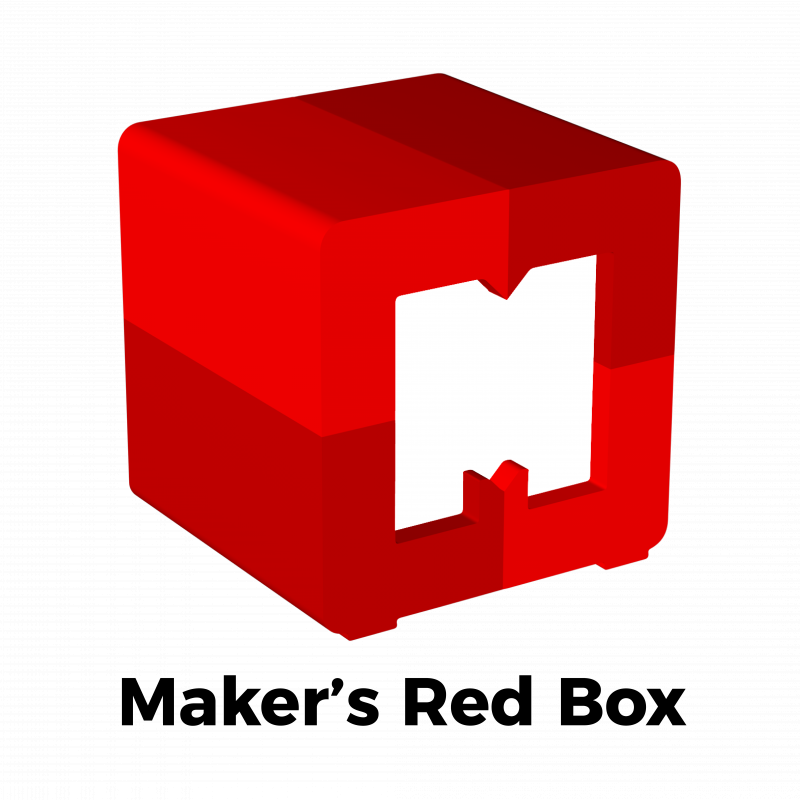



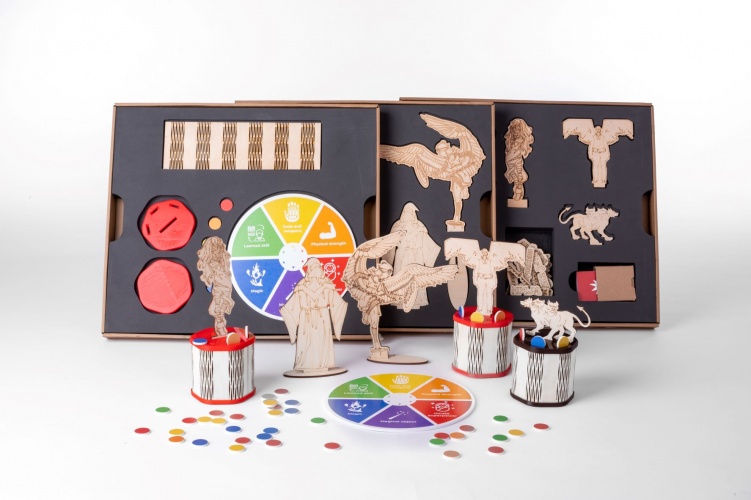
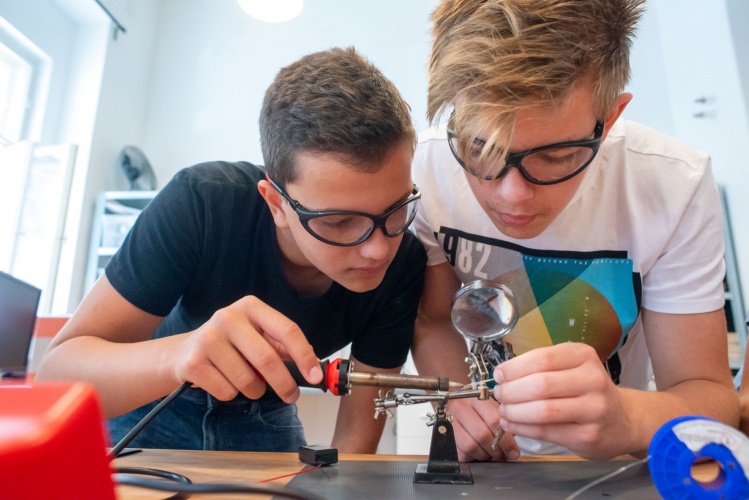
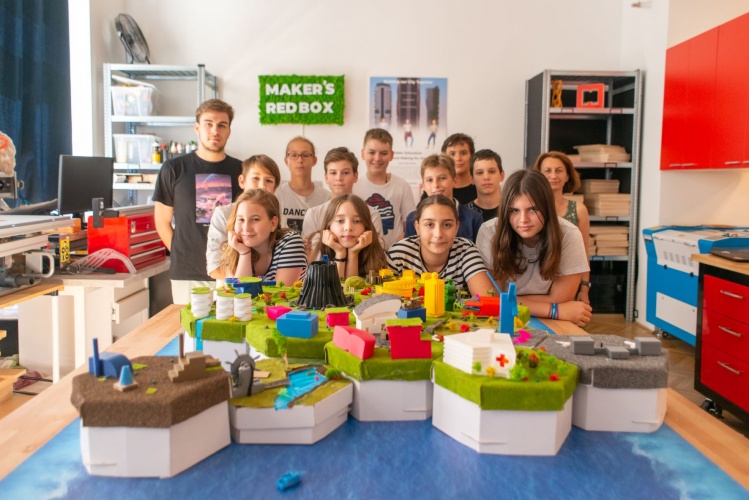

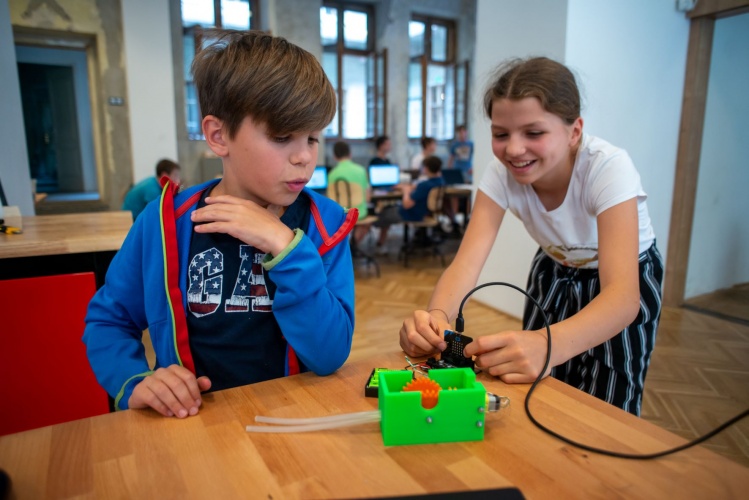
User reviews for MAKER’S RED BOX: GREEN ENGINEERS // STORY-BASED COURSE MATERIALS
You need to log in to post a review.